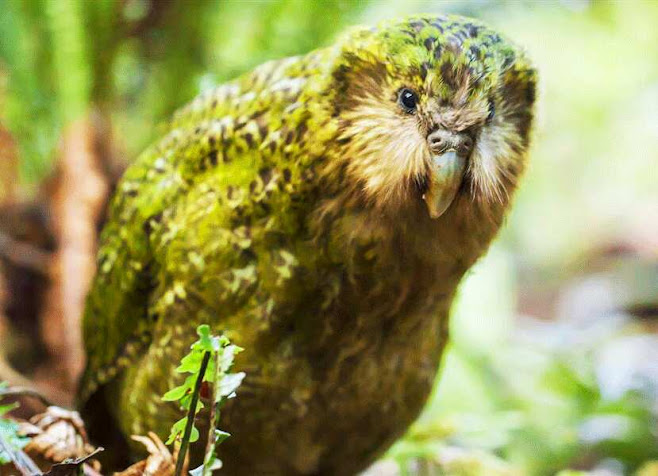Endangered Animals in North America
Endangered Animals in North America: A Look at the Threatened and Endangered Species in Our Backyard
North America is home to a diverse array of wildlife, from majestic bison roaming the Great Plains to tiny salamanders hiding in the streams of the Appalachian Mountains. However, not all of these animals are as secure as they once were. In fact, many species of animals in North America are considered to be endangered or threatened, meaning that their populations are at risk of extinction. In this article, we will take a look at some of the most endangered animals in North America and explore the reasons why they are facing extinction.
Introduction
Endangered animals are defined as those species that are at risk of extinction due to a variety of factors, including habitat loss, hunting, pollution, and climate change. In North America, many animals are facing these and other threats, making it imperative that we take action to protect them. The Endangered Species Act of 1973 provides a framework for the protection and recovery of endangered and threatened animals, but the reality is that many species are still in danger.
The Grizzly Bear
One of the most iconic animals in North America, the grizzly bear is also one of the most endangered. These powerful animals once roamed much of the continent, from Alaska to Mexico, but today they are found only in a small fraction of their former range. The primary reason for the grizzly bear's decline is habitat loss, as human development has destroyed much of the bear's natural habitat. In addition, hunting and poaching have also played a role in the bear's decline.
The Grizzly bear is listed as threatened under the Endangered Species Act and efforts are being made to protect and recover the population in specific areas such as the Greater Yellowstone Ecosystem and the Northern Continental Divide Ecosystem.
The California Condor
Another animal that is facing extinction in North America is the California condor. These large birds, which can have a wingspan of up to 9 feet, were once found throughout much of the western United States, but today they are found only in a small area of California and Arizona. The main reason for the condor's decline is habitat loss, as human development has destroyed much of the bird's natural habitat. In addition, hunting and lead poisoning have also played a role in the condor's decline.
Captive breeding and reintroduction programs have been implemented to help the population recover, and as of 2021, there are around 500 California Condors, with over half of them living in the wild.
The North Atlantic Right Whale
The North Atlantic right whale is one of the most endangered animals in North America, with only around 400 individuals remaining. These large whales, which can grow up to 55 feet in length, were once found throughout the North Atlantic, but today they are found only in a small area off the coast of the northeastern United States and Canada. The main reasons for the right whale's decline are hunting and ship strikes. As the population is so small, the loss of even one individual can have a significant impact on the survival of the species.
Conservation efforts such as ship speed restrictions and fishing gear modification have been implemented to help protect the North Atlantic right whale, but more work needs to be done to ensure the survival of this species.
The Sea Turtles
All six species of sea turtles that occur in the U.S. waters, the loggerhead, green, leatherback, hawksbill, Kemp's ridley, and the olive ridley, are listed as threatened or endangered under the Endangered Species Act. These ancient creatures face a variety of threats, including habitat loss, pollution, and commercial fishing. In addition, sea turtle eggs are also often harvested for food and their shells are used for decorative purposes.
Conservation efforts such as beach nesting habitat protection, reducing bycatch in fishing gear, and educating local communities about sea turtle conservation have been implemented to help protect sea turtles. In addition, sea turtle nesting and hatching sites are monitored and protected, and injured or sick turtles are often rescued and rehabilitated.
Conclusion
Endangered animals are those species that are at risk of extinction due to a variety of factors, including habitat loss, hunting, pollution, and climate change. In North America, many animals are facing these and other threats, making it imperative that we take action to protect them. The Endangered Species Act of 1973 provides a framework for the protection and recovery of endangered and threatened animals, but the reality is that many species are still in danger.
From the grizzly bear to the sea turtle, a variety of animals in North America are facing extinction. It's crucial that we take action to protect these endangered species, by implementing conservation measures and raising awareness about the importance of protecting wildlife. We must also work to address the underlying causes of extinction, such as habitat loss and pollution, in order to ensure the survival of these animals for generations to come.









